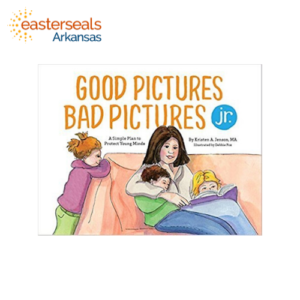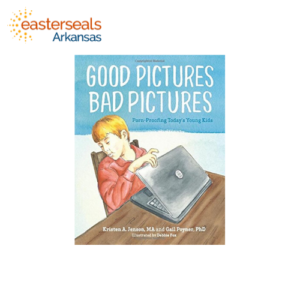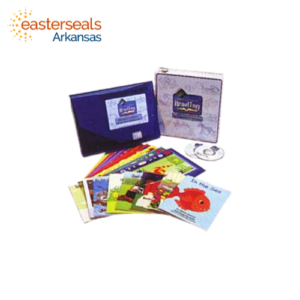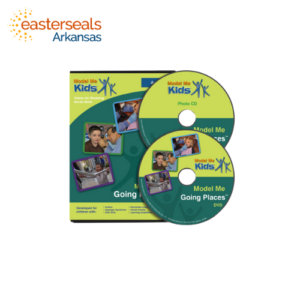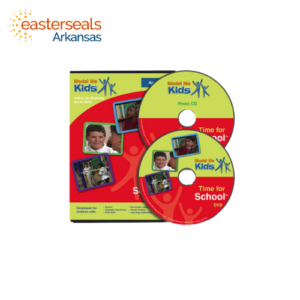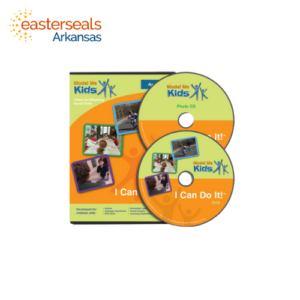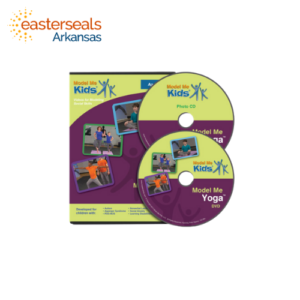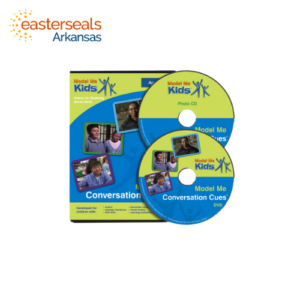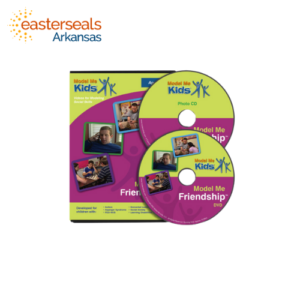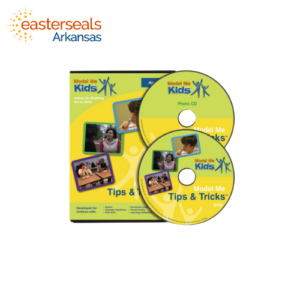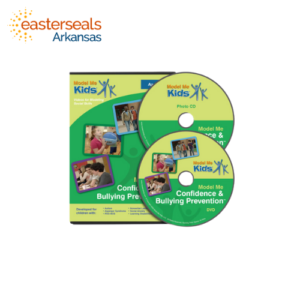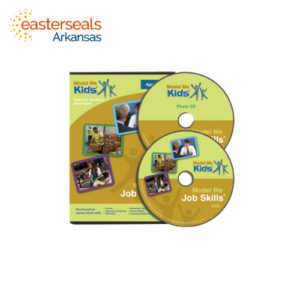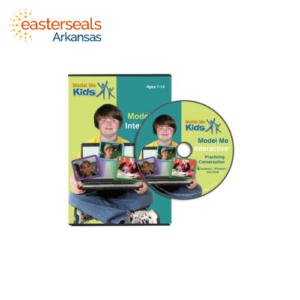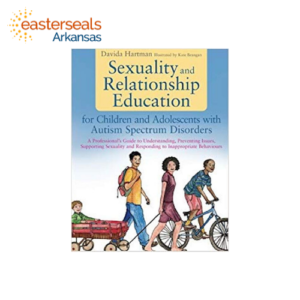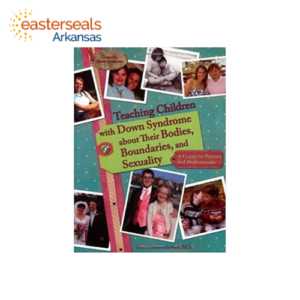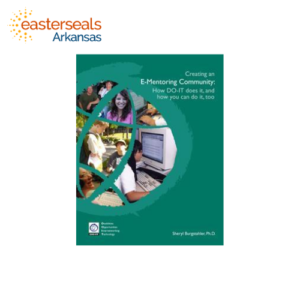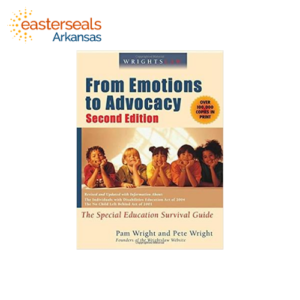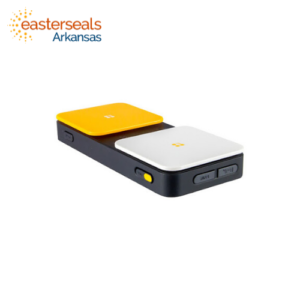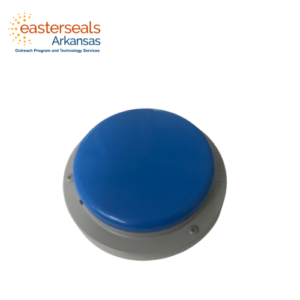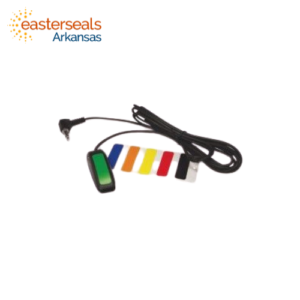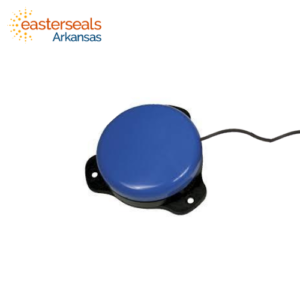-
Young children deserve to be armed early against internet dangers. Good Pictures Bad Pictures Jr.makes it easy for parents to protect their young kids ages 3 to 6. Using gentle, age-appropriate messages, children will learn to Turn, Run & Tell when they are accidentally exposed to inappropriate content.
-
Good Pictures Bad Pictures is a comfortable, read-aloud story about a mom and dad who teach their child what pornography is, why it's dangerous, and how to reject it. Using easy-to-understand science and simple analogies, this ground-breaking book engages young kids to porn-prooftheir own brains.
-
Designed by experts in literacy and special education, Balanced Literacy provides a sequential, balanced approach to give students the multisensory reinforcement they need to become successful readers through: guided reading, supported writing, word study, phonics activities, multi-sensory reinforcement, and extensive practice. ***This item has been discontinued by the manufacturer.
-
Kaufman Kit 1 teaches children to combine consonants and vowels to form words while controlling for oral-motor difficulty. The 225 visual referent cards were selected specifically to target and teach the syllable shapes that are the building blocks of speech for children to master in order to become effective vocal/verbal communicators. Treatment methods employ a systematic and progressive approach of simplifying word pronunciation patterns to shape and expand verbal expression and make communication easier for children with childhood apraxia of speech and other speech sound disorders. ***The manufacturer sells an updated version of this product.
-
The Model Me Going Places™ video features children, ages 2-8, involved in activities in the community. It is designed to familiarize children with locations that may be challenging, and to help teach appropriate behavior in these locations through peer modeling. Each scene lasts between 2-4 minutes, depending on the chapter. At the end of each chapter is a storyboard summarizing the locations shown. Recommended for ages 2-8
-
The Model Me Airplane™ video presents the essential elements of air travel. Follow Owen as he goes through the airport, security, and boarding. Then join him on the plane as he listens to the flight attendant, buckles his seatbelt, and enjoys the plane ride.Recommended for ages 3-14
-
The Time for School™ video presents social skills in the context of school. It features elementary school-aged children demonstrating appropriate social skills in the classroom, library, on the playground, and in the hallway. Each scene lasts between 30 seconds and 3 minutes, depending on the chapter. At the end of each chapter is a storyboard summarizing the rules taught.The video is hosted by a young boy, who narrates each scene. The visual is combined with narration and graphics that help explain the particular rule. Each social skill is demonstrated in more than one situation and across environments. This is useful to children with Autism because it helps with generalization of the skill taught. Recommended for ages 5-12
-
The Time for a Playdate™ video presents social skills in the context of several playdates. It features elementary school-aged children demonstrating appropriate social skills on a playdate. Each scene lasts between 30 seconds and 3 minutes, depending on the chapter. At the end of each chapter is a storyboard summarizing the rules taught. The video is hosted by the young children in the video, who narrate each scene. The visual is combined with narration and graphics that help explain the particular rule. Each social skill is demonstrated in more than one situation and across environments. This is useful to children with Autism because it helps with generalization of the skill taught.Recommended for ages 5-12
-
The The I Can Do It!™ video presents social skills in the context of challenging circumstances. It features elementary school-aged children demonstrating appropriate behavior in a variety of difficult situations. Each scene lasts between 30 seconds and 3 minutes, depending on the chapter. At the end of each chapter is a storyboard summarizing the rules taught.The video is hosted by the young children in the video, who narrate each scene. The visual is combined with narration and graphics that help explain the particular rule. Each social skill is demonstrated in more than one situation and across environments. This is useful to children with Autism because it helps with generalization of the skill taught. Recommended for ages 5-12
-
The Model Me Yoga™ video leads children through yoga sequences for breath, movement, and self-awareness. No yoga experience necessary! Designed for children with Autism but appropriate for all kids! Each sequence runs approximately 10-15 minutes, so it can be used as a short break or strung together with other segments for a longer yoga class. The sequences are first presented with visual cues and background music to explain the poses. In the second version, the same sequences are offered without the visual cues or music background as an option. Each pose is modeled by a child and explained by the yoga teacher. The video includes partner yoga and chair yoga sequences. Model Me Kids, LLC is a Yoga Alliance Registered Children's Yoga School.Recommended for ages 7-15
-
Copy 2 of 2 The Model Me Conversation Cues™ video features middle and high school-aged children demonstrating social skills at school and in the community. Each scene lasts between 30 seconds and 3 minutes, depending on the chapter. At the end of each chapter is a storyboard summarizing the rules taught. Hosted by teenagers from the video who narrate each scene. The visual is combined with narration and graphics that help explain the particular rule. Each conversation skill is demonstrated in more than one situation and across environments. This is useful to children with Autism because it helps with generalization of the skill taught. Recommended for ages 9-17
-
The Model Me Friendship™ video presents social skills needed to develop and maintain friendship. It features teen-aged children demonstrating appropriate social skills at school, playing on sports teams, eating at a restaurant, and in other settings. Each scene lasts between 30 seconds and 3 minutes, depending on the chapter. At the end of each chapter is a storyboard summarizing the rules taught. The video is hosted by the children in the video, who narrate each scene. The visual is combined with narration and graphics that help explain the particular rule. Each social skill is demonstrated in more than one situation and across environments. This is useful to children with Autism because it helps with generalization of the skill taught.Recommended for ages 9-17
-
The Model Me Tips & Tricks™ video features upper elementary, middle, and high school-aged children demonstrating social skills at school and in the community. Each scene lasts between 30 seconds and 3 minutes, depending on the chapter. The visual is combined with narration and graphics that help explain the particular rule. At the end of each chapter is a storyboard summarizing the rules taught.Hosted by children from the video, who narrate each scene. Each social skill is demonstrated in more than one situation and across environments. This is useful to children with Autism because it helps with generalization of the skill taught. Recommended for ages 9-17
-
Model Me Confidence & Bullying Prevention™ provides children with Autism a teaching tool for preventing bullying and building self-esteem. The video is hosted by children from the video, who narrate each scene. The visual is combined with narration and graphics that help explain the particular rule. Each skill is demonstrated in more than one situation and across environments. This is useful to children with Autism because it helps with generalization of the skill taught. Recommended for Ages 9-17.
-
The Model Me Job Skills™ video models social skills helpful for gaining and maintaining employment. The video is hosted by the young adults in the video, who narrate each scene. The visual is combined with narration and graphics that help explain the particular rule. Each social skill is demonstrated in more than one situation and across environments. This is useful to individuals with Autism because it helps with generalization of the skill taught. Recommended for ages 15-21
-
Model Me Interactive™: Practicing Conversation For Ages 7-13 | Developed for children with Autism, Asperger Syndrome, and Developmental Delays. For a laptop with webcam. Model Me Interactive™: Practicing Conversation combines video modeling teaching tools with the interactive capability of software. First, video models a conversation between children. Then, the student practices the conversation using a webcam. The practice conversation is recorded and a feedback area allows teachers to comment on and grade a student's recordings. Ideal for professionals including teachers, therapists, and speech language pathologists.
-
Model Me Movement™: Balance, Core, & Calming is a video of short, easy-to-follow movement activities developed by Occupational Therapist Dr. Fabiane Curro. The video is designed to improve balance, increase core strength, and promote self-calming. The DVD contains six 8-11 minute movement segments each modeled by a child and guided by an adult. The activities are designed to target skills that help with coordination, body awareness, self-regulation, and promote an overall feeling of physical well-being.Recommended for ages 9-17
-
Children and adolescents with Autism Spectrum Disorders (ASD) require specialized teaching strategies when learning about puberty, sexuality and relationships. This professional resource offers practical teaching advice geared towards the needs of young people on the autism spectrum. Beginning with information on good practice, policy, teaching methods and recent research, the book then divides into key sex education topics that assist professionals in developing their own individualized and developmentally appropriate curricula. Covering issues of gender, public and private, puberty, hygiene, emotions, sex and more, each topic provides an overview of the difficulties that children with autism might experience, discussion and activity ideas and photocopiable resources including instructional stories, checklists and illustrations. The final section demonstrates how to respond to ongoing patterns of inappropriate behaviour and put together a behaviour plan. Aiming to explain and support the child's developing sexuality while also addressing crucial issues of safety, this book is a much-needed teaching manual for all professionals working with children and young adults with autism including educators in mainstream and special education, psychologists, therapists and social workers.
-
Parents of children with Down syndrome and other intellectual disabilities are accustomed to paying close attention to their child's physical, cognitive, and emotional development. This proactive approach should also include their child's sexual development, which for many parents may not seem as obvious or urgent, especially to those with young children. Drawing on her unique background as both a sexual educator and mother of a child with Down syndrome, the author blends factual information and practical ideas for teaching children with Down syndrome about their bodies, puberty, and sexuality. This book gives parents the confidence to speak comfortably about these sometimes difficult subjects.
-
This accessible and positive resource helps parents and carers teach girls and young women with autism or related conditions about masturbation. It covers when and where it is appropriate and helps to establish boundaries surrounding privacy more generally. With simple but explicit illustrations, this book provides the perfect platform to talk about sexuality with girls and young women with autism or related conditions.
-
This book explores positive internal characteristics and external factors that contribute to success--personally, socially, spiritually, academically, and professionally. These factors can be used to provoke thought and promote interaction between teens and caring adults. In this book you will not find the stories of movie stars, international leaders, or other celebrities. Although the content is based on personal experiences of successful people with disabilities, all of the people represented here would not be considered super-achievers in all areas of their lives. You'll hear the stories of everyday people striving for the best life has to offer. This book highlights advice from people who confront barriers as challenges rather than deterrents and who find insight and humor during trying times. It shares some of the attitudes, skills, and strategies that have contributed to the success of people with a wide range of disabilities, abilities, experiences, and personalities. The experts who provide the major content for this book share their dreams, goals, challenges, successes, and frustrations. They tell about their experiences and give advice about how to successfully transition from high school to college, careers, and independent living. Perhaps their stories will provide inspiration as you help those around you define and achieve success for themselves.
-
Core concepts include earth, biology, waters, and chemistry Two years of classroom research demonstrates high effectiveness for teaching students with an intellectual disability or autism A multiyear curriculum aligned with Next Generation Science Standards and the National Science Education Standards Provides an extensive image library that can be used to create communication overlays and additional assignments Teaching structure can be used for additional content from other science curricula like our Science Step by Step or Exploring Science Includes a hands-on experiment with each lesson
-
Instructors who use Differential Reinforcement Systems will find these CDs essential. Pop a CD into your CD player, select the track according to the interval you need, and repeat the track for a continuous reminder to catch your students “being good!” CD #1 has 1, 2, 3, and 5-minute intervals. CD #2 has 7 and 10-minute intervals. CD #3 has 15-minute intervals. Each track plays a distinct tone so that you can play more than one CD at a time for students needing different intervals and recognize which interval is sounding. Each tone is activated on a randomized, variable schedule (the three-minute tone sounds on average every three minutes). These tones also are a great tool for instructors who are teaching children to monitor their own behavior. (set of 3 CDs)
-
Wrightslaw: From Emotions to Advocacy, second edition will teach you how to plan, prepare, organize and get quality special education services. In this comprehensive, easy-to-read book, you will learn about your child's disability and educational needs, how to create a simple method for organizing your child's file and devising a master plan for your child's special education.You will understand parent-school conflict, how to create paper trails and effective letter writing. This book includes dozens of worksheets, forms and sample letters that you can tailor to your needs. Whether you are new to special education or an experienced advocate this book will provide a clear roadmap to effective advocacy for your child. You will use this book again and again.
-
Blue2 is the most widely used Bluetooth switch interface for tablets, mobile phones, and computers. Blue2 allows you to quickly and easily connect one or two accessibility switches to your device via a Bluetooth connection. Blue2 does require switch accessible software on the device (software not included). iOS 7 or newer, macOS Mavericks 10.9 or newer, and some versions of Android already include switch control software. If you have questions about switch access on a specific software, please contact the software developer to inquire if switch access is available and what keystrokes they recognize as switch clicks.
-
A wired switch featuring a 2.5-in/6.35-cm activation surface that provides an auditory click and tactile feedback. Requires 5-oz (142-g) of force to activate.
-
Operates like the Big Red Switch (large 5 inch diameter plastic switch) but cordless, and sends an X-10 environmental control signal. Four modes of operation: direct, timed in seconds, timed in minutes, and latching. Includes battery. ***This item has been discontinued by the manufacturer.
-
Operates like the Big Red Switch (large 5 inch diameter plastic switch) but cordless, and sends an X-10 environmental control signal. Four modes of operation: direct, timed in seconds, timed in minutes, and latching. ***This item has been discontinued by the manufacturer.
-
The Ellipse Switch is a pressure sensitive switch. It has a large surface, with a low profile and you can press anywhere on its surface. A simple press by the student causes an activation. Audible feedback lets the student know when activation has occurred. Suitable for all age groups. Includes cord. ***This item has been discontinued by the manufacturer.
-
The Ribbon switch is a moisture-resistant switch that is activated by moving the 4 x 0.3-in/10.2 x 5-cm activation surface in either direction with 4-oz/110-g of force. Provides tactile feedback. ***This item has been discontinued by the manufacturer.
-
The LifeBreath Switch, model 1062, is a pneumatic switch designed for use by individuals with upper extremity and other physical disabilities. Gently blowing into the switch activates attached external devices. The switch is attached to a gooseneck with a universal clamp. This switch operates in latch, momentary, or timer mode. The timer adjusts from zero to two minutes. Accessories Included: 2 grippers, mouthpiece. ***This item has been discontinued by the manufacturer.
-
Activated by pressing down on the top of the switch with a feather light touch - just 0.4-oz/11.3-g of pressure required!
- Activation Surface: 1.7 x 0.5-in/4.5 x 1.3-cm
- Activating Force: 0.4-oz/10-g
-
Gumball Switches can mount almost anywhere. The switch includes a 2" base and is ½" tall. A removable mounting plate with three holes. Features include tactile and auditory feedback. No batteries required

